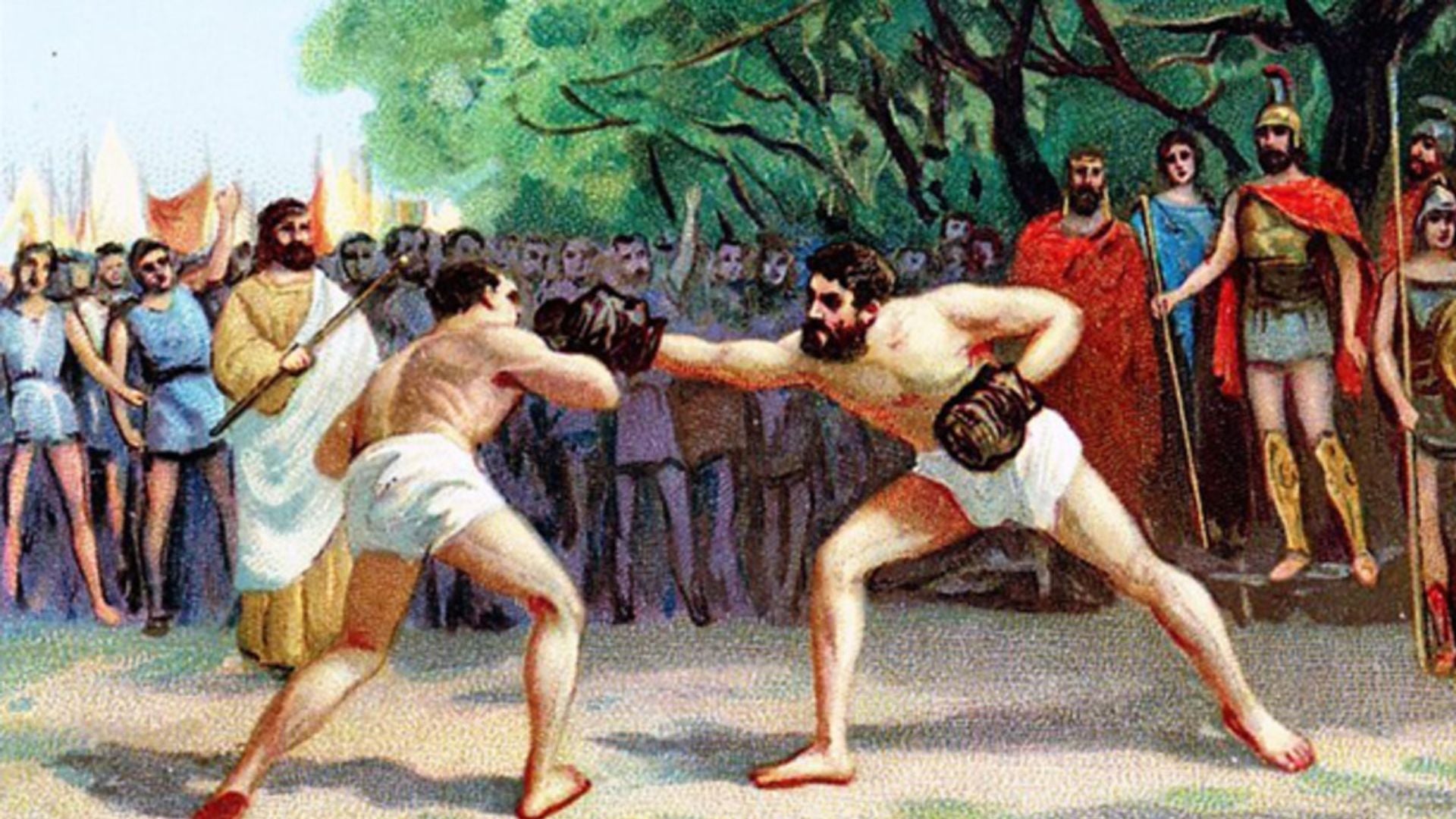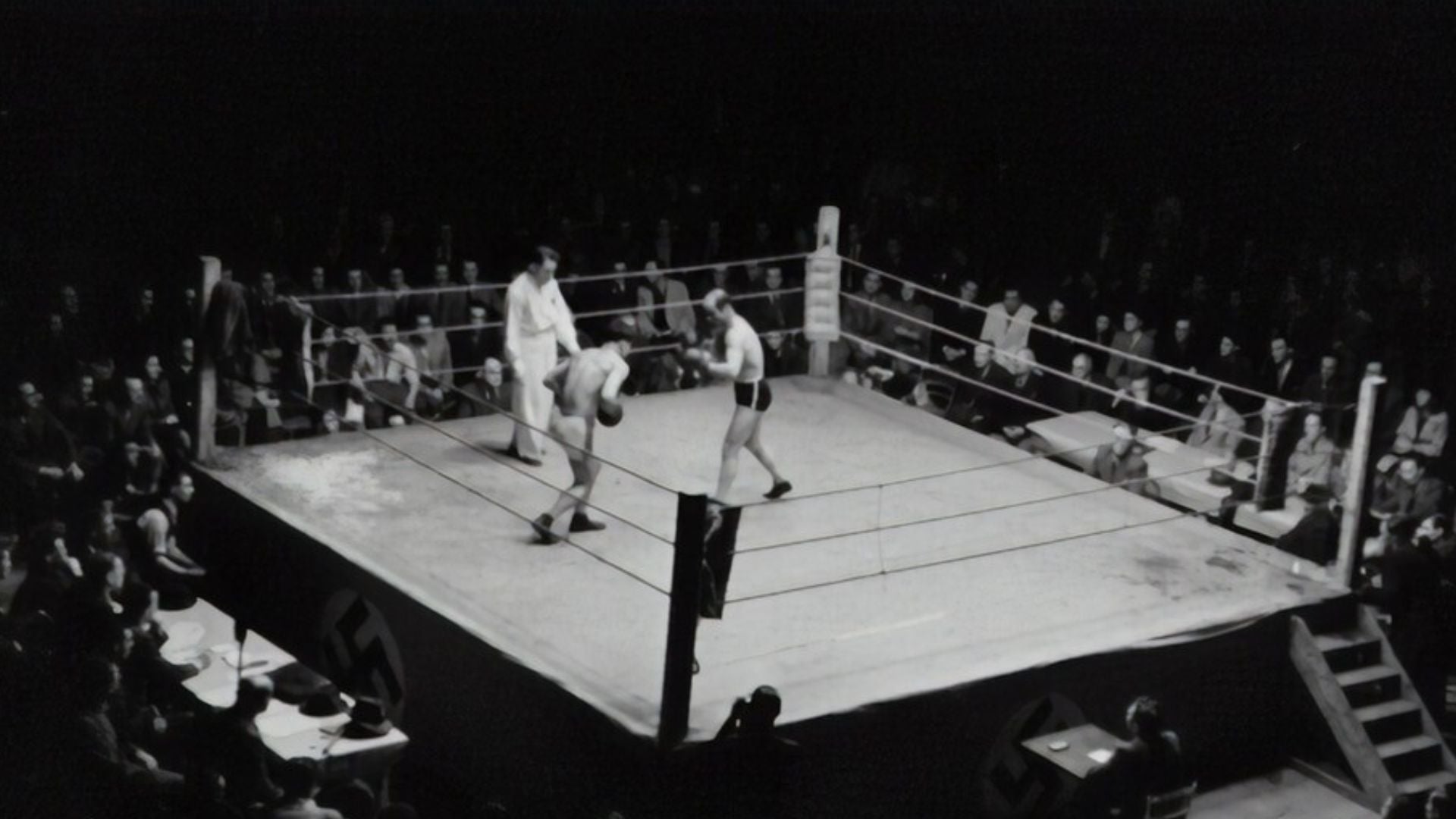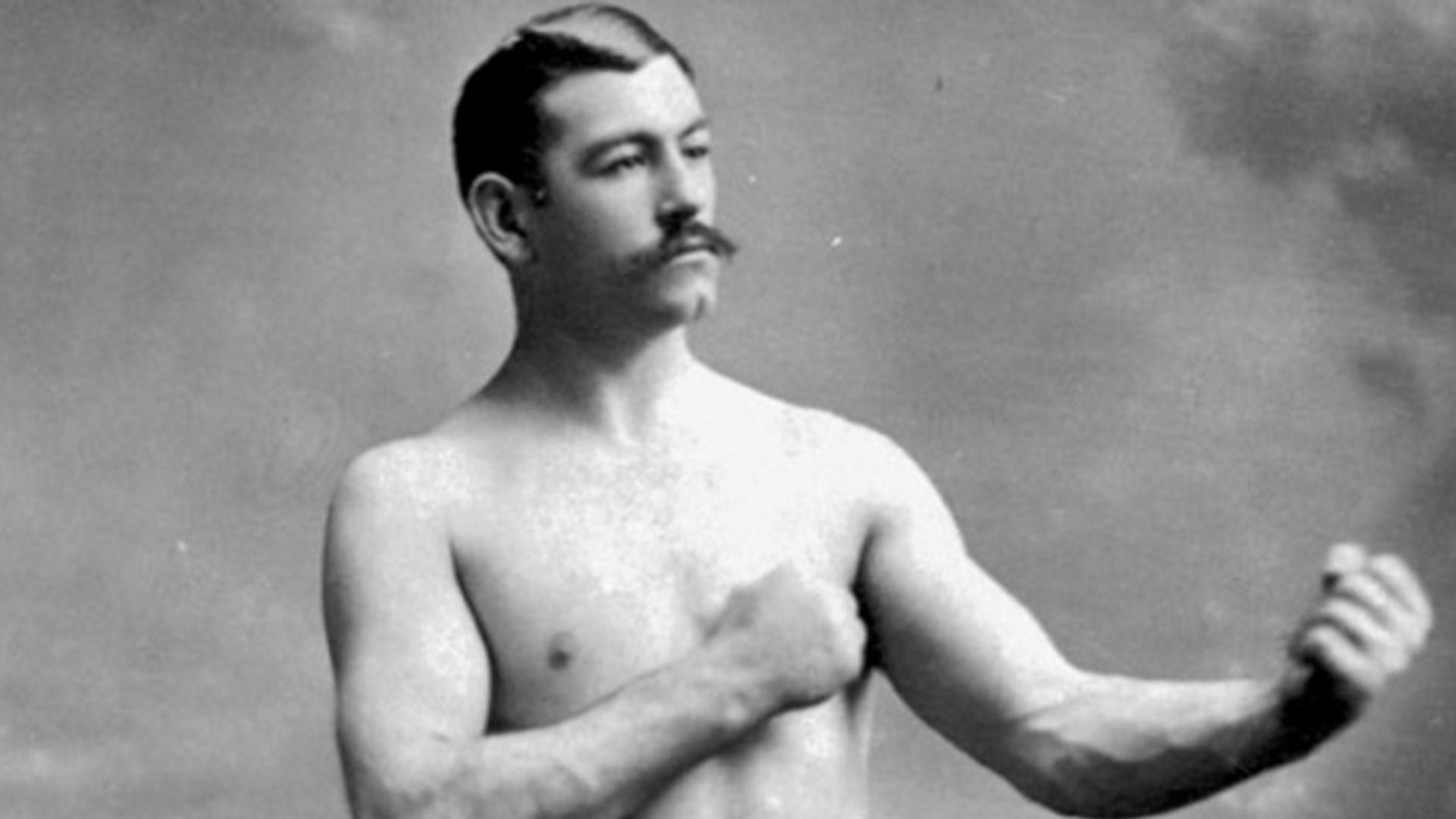
Fists of Fury: How Boxing Shaped Ancient Civilizations
The Rich History of Boxing in Ancient Civilizations
Introduction
Boxing is one of the world's oldest combat sports, with origins tracing back thousands of years. Unlike modern boxing, which follows strict rules and regulations, ancient boxing was raw, often brutal, and held deep cultural significance. Throughout history, different civilizations have embraced boxing for various reasons—whether as a means of training warriors, as entertainment, or even as a form of ritualistic combat. In this article, we will explore the fascinating history of boxing across different ancient civilizations and how it shaped the sport we know today.
1. The Earliest Evidence of Boxing
The first depictions of boxing can be traced back to Mesopotamia and Ancient Egypt, where artwork from as early as 3000 BCE shows men engaged in hand-to-hand combat. These early representations suggest that boxing was not only a form of entertainment but also an essential aspect of military training. Unlike modern boxing, fighters in ancient times did not wear gloves and often relied on their bare fists, leading to severe injuries and even death.
2. Boxing in Ancient Egypt
Ancient Egyptian art provides some of the earliest known depictions of boxing. Hieroglyphs and wall paintings in tombs illustrate boxing matches, often with spectators observing the fights. The Beni Hasan tomb contains murals dating back to 2000 BCE, showing pairs of fighters engaged in contests. These matches were likely part of military training and religious ceremonies, demonstrating that boxing was more than just a sport—it was a part of Egyptian culture.
3. Mesopotamian Boxing Traditions
The Sumerians, one of the earliest civilizations in Mesopotamia, also had a strong tradition of boxing. Archaeological discoveries reveal that Sumerian warriors trained in hand-to-hand combat, preparing them for battle. Boxing was seen as an essential skill, ensuring that soldiers were physically conditioned and capable of defending themselves in close combat. Unlike modern boxing, these ancient contests did not have structured rounds or referees; instead, they often ended when one fighter was no longer able to continue.
4. Boxing in the Minoan Civilization
The Minoan civilization, which flourished on the island of Crete around 2000 BCE, provides some of the most detailed depictions of ancient boxing. Minoan frescoes, such as those found at Knossos, depict young men engaged in boxing matches, wearing protective gear that covered their hands and wrists. This suggests that the Minoans may have been among the first to introduce protective measures in boxing, making the sport slightly less brutal compared to other ancient cultures.
5. Ancient Indian Boxing: Musti-Yuddha
In ancient India, boxing was known as Musti-Yuddha, a martial art form that combined striking, grappling, and wrestling. Musti-Yuddha was practiced as early as the Vedic period (1500–500 BCE) and was deeply embedded in Indian culture. Fighters trained in combat techniques not only for sport but also for self-defense and military purposes. The sport was highly regarded, and skilled fighters were often revered in their communities.
6. Greek Influence: Boxing in the Olympic Games
Ancient Greece played a crucial role in shaping boxing as an organized sport. Known as pygmachia, Greek boxing became a part of the Olympic Games in 688 BCE. Unlike other civilizations, the Greeks introduced rules and regulations, making the sport more structured. Fighters wrapped their hands with leather straps called himantes to protect their knuckles and provide support. However, the matches were still brutal, as there were no rounds, weight classes, or time limits—fights ended only when a competitor surrendered or was knocked unconscious.
7. Roman Gladiatorial Boxing
The Romans inherited boxing from the Greeks but modified it to fit their brutal gladiatorial contests. Roman boxers, known as pugilists, fought in arenas like the Colosseum, often for the entertainment of the masses. Unlike the Greek himantes, Roman fighters wore caestus, a type of glove reinforced with metal, making the fights extremely dangerous and often lethal. Roman boxing eventually declined as the empire moved away from traditional combat sports, favoring more theatrical and violent spectacles.
8. Chinese Boxing Traditions
Ancient China also had its own forms of boxing, often incorporated into martial arts practices. Shoubo, an early form of Chinese boxing, was practiced as part of military training and self-defense. Unlike Western boxing, Chinese boxing often involved a combination of striking and grappling techniques, making it a precursor to modern mixed martial arts. These combat traditions played a significant role in shaping China’s martial arts culture, which continues to influence combat sports today.
9. African Boxing Traditions
In ancient Africa, boxing was practiced by various tribes as both a form of combat training and a ritualistic tradition. Ethiopian and Nubian cultures had boxing traditions dating back thousands of years. In some African societies, boxing was a rite of passage for young warriors, helping them prove their strength and endurance. These traditions have continued into modern times, influencing boxing in regions such as Senegal, where Laamb, a form of wrestling combined with boxing techniques, remains popular.
10. The Decline and Revival of Ancient Boxing
As the Roman Empire declined, so did the popularity of boxing. The sport largely disappeared during the medieval period, overshadowed by other forms of combat such as jousting and sword fighting. However, boxing made a significant comeback in the 17th and 18th centuries in England, where it evolved into the modern sport we recognize today. The introduction of formal rules, such as the Marquess of Queensberry Rules in 1867, helped shape boxing into a regulated and globally respected sport.
Boxing has a rich and diverse history, spanning multiple ancient civilizations, each contributing unique elements to the sport. From the brutal contests of Mesopotamia and Egypt to the structured Olympic competitions of Greece and the gladiatorial battles of Rome, boxing has evolved significantly over the centuries. While ancient boxing was often more violent and unregulated, it laid the foundation for the modern sport that continues to captivate audiences worldwide. Today, boxing remains a celebrated discipline, proving that its legacy from ancient civilizations continues to thrive in the present era.





